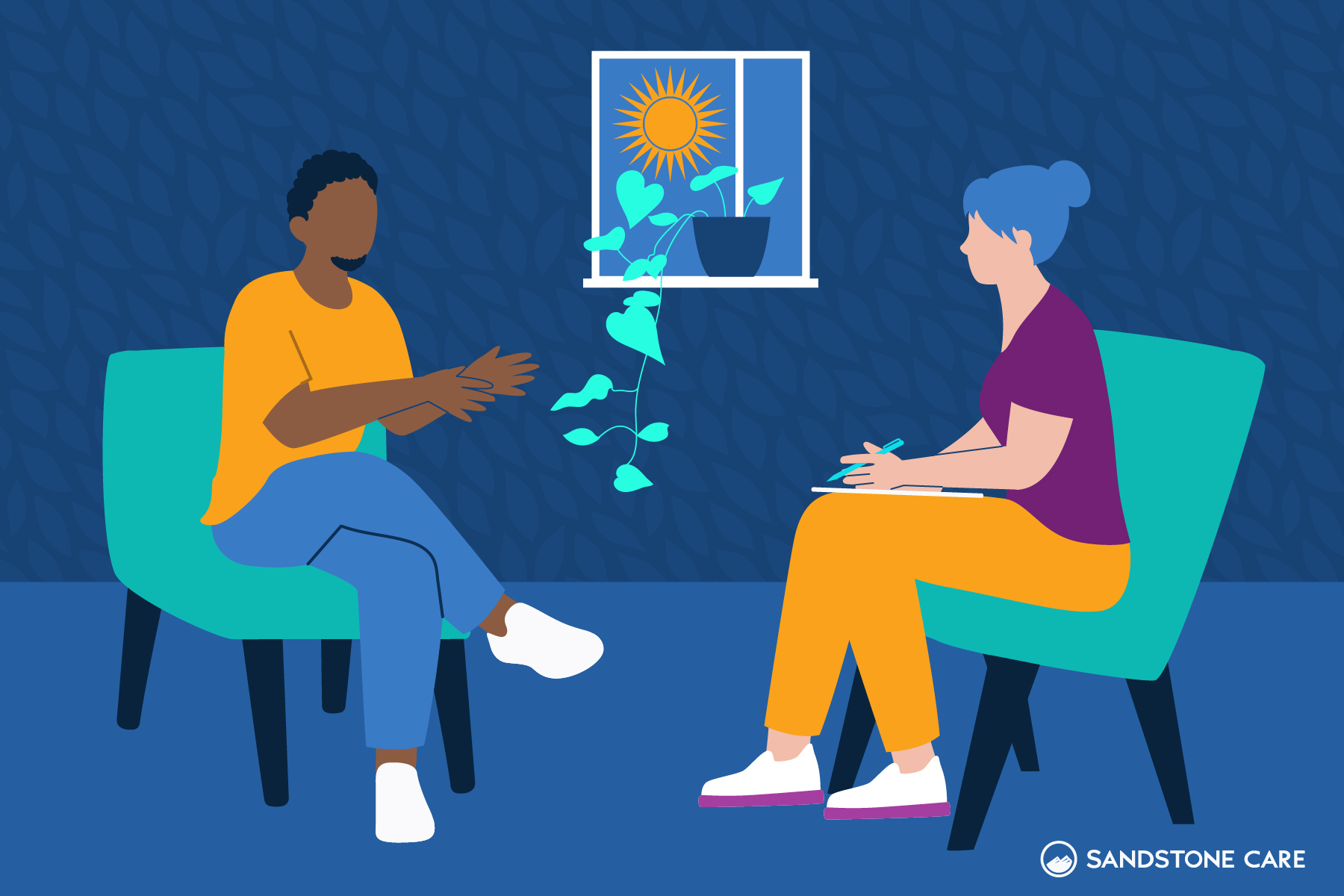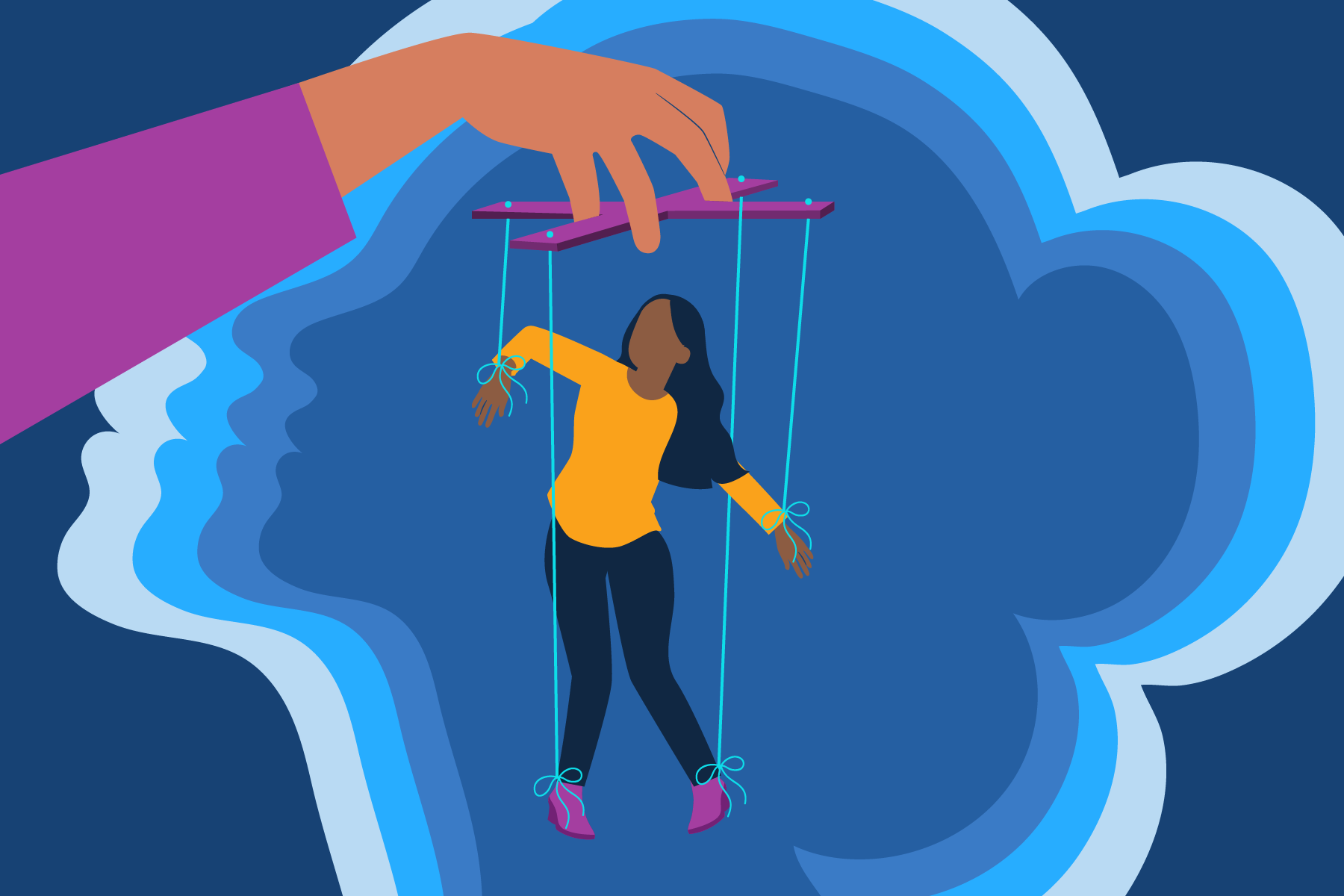Table of Contents
- How Are Young Adults Affected By Mental Health?
- What Is The Most Common Mental Disorder Affecting Young Adults?
- Why Do Young Adults Have Worse Mental Health?
- What Are The Signs Of Mental Illness In Young Adults?
- How Does Social Media Affect Mental Health In Young Adults?
- What Is The Best Way To Improve Young Adult Mental Health Conditions?
- What Are The Most Common Treatments For Mental Disorders In Young Adults?
- What Can Be Done To Help Young Adults With Mental Health?
How Are Young Adults Affected By Mental Health?
Mental health involves psychological, emotional, and social well-being.
Mental health affects every aspect of our lives, whether it is our relationships, stress management, and decision making.
Mental illnesses, or mental disorders, are conditions that affect your well-being, including your emotions, thinking, mood, and behavior.
These conditions can be sporadic or play a long-lasting role in your life. The cause of mental illnesses can be from a variety of factors, whether it be genetic or environmental. Mental disorders can start anywhere between early childhood to later adulthood.
According to the Substance Abuse and Mental Health Services Association, in 2018, 8.9 million young adults reported having a mental illness.
Poor mental health conditions have become a growing problem amongst young adults.
Mental health disorders affect your everyday routine, ability to function, and your overall well-being.
More specifically, dealing with mental health issues as a young adult may lead to challenges in school, within families and friendships, and within communities.
Serious mental illness puts young adults more at risk of suicide.
Mental health issues are dangerous because they put young people at increased risk of suicide. The Centers for Disease Control and Prevention reported that in 2019, 1 in 6 youth reported creating a suicide plan within the past year, which is a 44% increase since 2009.
The rise of mental illness amongst young adults is concerning and necessary to talk about. Suicide is among the leading causes of death for young adults in the United States. Treating mental health issues means helping prevent suicide.
What Is The Most Common Mental Disorder Affecting Young Adults?
The most common mental disorders that affect young adults include:
- Depression
- Anxiety disorders
- Eating disorders such as; bulimia nervosa, anorexia nervosa, or body dysmorphia
- Attention Deficit Hyperactivity Disorder (ADHD)
- Substance abuse
The most common of them all amongst young adults is depression.
Depression is a mood disorder that negatively affects the way you feel. It causes feelings of sadness and a loss of interest in things that you once loved to do. Depression can make daily functioning very difficult.
Depression may also take form in a variety of ways.
Some of the more common forms include; major depression, psychotic depression, and persistent depressive disorder.
Someone may be diagnosed with major depression if they feel depressed for the majority of the week.
Major depression may also lead to weight loss or gain, trouble sleeping, low energy levels, trouble concentrating or decision-making, or suicidal thoughts.
Psychotic depression happens when someone has severe depression mixed with some form of psychosis, which may be having untrue beliefs not based on reality (delusions) or seeing and hearing things that others can not (hallucinations).
Persistent depressive disorder is a depressive mood that lasts for a minimum of two years but can be much longer. Over the years, those feelings may come in episodes of major depression and be followed by less severe episodes.
Bipolar disorder is a mood disorder that is closely related to depression. Someone diagnosed with bipolar disorder experiences extreme high and low moods that meet the criteria for depression.
Eating disorders are a disturbance in eating habits associated with distressing emotions.
Anorexia and bulimia are some of the most common types of eating disorders amongst young adults.
Anorexia is a very serious condition that consists of self-starvation and extreme weight loss. People with bulimia typically have alternating diets that involve eating low-calorie foods and binge eating high-calorie foods.
Substance abuse and eating disorders are types of behavioral health disorders. Behavioral health refers to habits that impact your physical and mental well-being.
Substance abuse can serve as an unhealthy coping mechanism for other mental health conditions. Someone struggling with a substance use disorder is unable to control their use of substances.
ADHD is a common mental disorder that consists of an ongoing pattern of problems with attention, hyperactivity, or impulsivity.
ADHD can affect someone at school, work, home, or relationships, making everyday functioning difficult. Symptoms of ADHD typically start in early childhood but may not be recognized or diagnosed until later adulthood.
Sometimes, people may experience symptoms similar to ADHD at some point in their lives. Diagnosis for ADHD happens when the symptoms are causing disruption and problems in more than one aspect of your life.
Why Do Young Adults Have Worse Mental Health?
According to the National Institute of Mental Health, young adults aged 18 to 25 years old had the highest prevalence of mental illness compared to adults aged 26 to 49 and 50 and older.
The transition into early adulthood can be a stressful time because people in their late teens have to become more independent and make important decisions regarding their future.
Young adulthood is a vulnerable time. From age 18 to 29, young adults are still experiencing cognitive development. The part of the brain that plays a role in controlling impulses and behavior is still developing throughout their mid-twenties.
This results in increased sensitivity that can drive adolescents to fall victim to peer pressure. This also poses a challenge for decision-making when facing difficult choices.
High school and college students may turn to drugs and alcohol, whether it be experimental or as a way to cope with emotions.
Substance abuse and mental health disorders have a direct correlation. Substance use can trigger anxiety and depression, and anxiety and depression can lead to addiction to drugs and alcohol.
Factors that put young adults more at risk of mental issues include:
- Inadequate living conditions
- Family history of mental illness
- Accessibility to quality support and resources
- Traumatic experience
Experiencing a pandemic has also contributed to a decline in mental health conditions.
The recent pandemic has had a large impact on schools and available resources. A lot of times, schools not only provide education but support and help for students that they may not get at home.
When schools close down or transition to online or hybrid courses, this forces students to be at home more, which may not be a healthy environment.
They may not have access to the things they would have if they were at school full-time, causing an increase in stress and anxiety.
A pandemic can also contribute to increased feelings of isolation, loneliness, sadness, and hopelessness in young adults.
Being quarantined or isolated while trying to be safe also takes away the human interaction needed to thrive. As the pandemic stretches on, people are looking for an end and a return to normalcy where they can be around loved ones and do everyday things they love to do.
What Are The Signs Of Mental Illness In Young Adults?
Some signs that may indicate mental illness in young adults include:
- Sudden trouble in school
- Intense mood swings
- Lack of concentration
- Absence of motivation
- Isolating from friends and family
- Poor hygiene
- Irregular sleep schedule, struggling to sleep
- No desire to eat, changes in eating habits
- Self-loathing
- Excessive worrying
- Low energy
- Excessive anger or violence
- Easily irritated
- Defiance of authority
- Unexplained physical injuries
- Suicidal thoughts
- Substance abuse
How Does Social Media Affect Mental Health In Young Adults?
While social media’s intention is to keep people connected, it also plays a significant role in the decline of adolescent mental health.
A study done by Cureus gathered a 70% increase in depressive symptoms amongst adolescents using social media.
Social media has made it easy for people to communicate with friends and family and keep up with others’ lives.
Doing so has also made it easier to spread rumors and use hurtful words against people behind the screen. Social media creates a platform that allows more people to fall victim to bullying. These actions and words can cause a lot of emotional pain and stress on someone.
Appearances on social media have created unrealistic standards.
Social media allows people to paint a picture of their life that often highlights the good parts and not the bad ones. Often, pictures may also get photoshopped or manipulated.
When young adults compare themselves to these unreal expectations, it can be detrimental to their self-esteem and feed into anxiety and depression.
Social media can also cause feelings of isolation and loneliness.
The more time someone spends on social media, the less time they spend outside, exercising, making real-life connections, and practicing healthy habits. When social media replaces actual human interaction, the benefits of connection diminish.
Real human interaction is essential in our lives because it promotes our physical, emotional, and mental well-being.
What Is The Best Way To Improve Young Adult Mental Health Conditions?
Some ways to help improve young adult mental health conditions:
- Being open and non-judgemental when talking about mental health issues
- Being aware of the warning signs. Paying attention to young adults can help you better notice when something is wrong
- Educate yourself on mental illnesses
- Promote healthy habits such as; eating a healthy diet, getting quality sleep, keeping active, and taking breaks when needed
- Minimize and limit time spent on social media
An important way to help young adults with mental health problems is to get rid of the stigma that comes along with it.
A lot of people may be scared to talk about it or get help because of the fear of being judged. Previously, society has placed shame on people who struggle with mental illness because of a lack of awareness, education, and understanding of mental health disorders.
The best thing people can do to help young adults struggling with mental health issues is to be understanding and have conversations about mental health.
The more young adults talk about it, the more comfortable people may feel getting help. Listening and relating to others can offer someone the support to take that first step or give a perspective they never saw.
It can also be helpful for older adults to communicate about mental health and be role models by sharing their experiences and emotions. If everyone normalizes being communicative about feelings and struggles, we can build better coping mechanisms and support systems.
What Are The Most Common Treatments For Mental Disorders In Young Adults?
Mental health treatment comes in various forms, including psychotherapy, group or support therapy, and medication.
Behavioral health treatments aim to help people struggling with mental health disorders or substance abuse.
These treatments seek to change behavior and thoughts to promote well-being. In some cases, a combination of treatments is the most effective route.
No single treatment works best for everyone, so it is important to discuss with a mental health professional to determine what mental health care is best for the individual.
Psychotherapy, also known as talk therapy, is one of the most common treatments. It can help people with a variety of mental health issues and emotional troubles.
There are different psychotherapy types, including cognitive-behavioral therapy (CBT), dialectical behavior therapy, psychoanalysis therapy, and interpersonal therapy. CBT is commonly used to treat anxiety and depression but may also help other mental illnesses.
Treatment programs are also offered in various forms depending on the needs and severity of one’s mental health conditions.
Outpatient programs are part-time and allow people to keep up with obligations such as work or school while recovering. These programs are good for those who do not need 24-hour supervision and have a supportive home environment.
Inpatient centers provide treatment through a residential setting. Inpatient treatment is intensive and designed for patients with severe mental health or substance abuse issues who need close monitoring.
Another common form of therapy is group therapy.
Through group therapy, groups of about 5-15 patients meet with 1 or 2 psychologists, typically for an hour or two each week. Often, groups address a specific problem, such as; depression, anxiety, or substance abuse.
Group therapy may sound intimidating, but it offers a great support network and a chance to listen and relate to others.
Medications may also improve symptoms of mental health illnesses.
A lot of times, these medications work most effectively in combination with some form of psychotherapy. Examples of medications your doctor may prescribe include antidepressants, anti-anxiety medications, antipsychotic medications, or mood stabilizers.
What Can Be Done To Help Young Adults With Mental Health?
If you or a loved one is struggling with mental illness, it is important to know that you are not alone.
The first step in getting help is communicating about it and reaching out to someone that can offer support and help. Communication includes listening, asking questions to understand how you can help, and reassuring that things will get better.
When talking about mental health, it is important to be open and non-judgmental. Don’t try to diagnose or make assumptions about someone’s conditions. Moreso, offer help in seeking professional support.
Do what someone is comfortable with, and don’t try to force them to share information they don’t want to share.
Sometimes, it may feel impossible for people struggling with mental disorders to get help.
This may hold people back from trying to do so. If a loved one’s condition is worsening and dangerous for them and the people around them, you may think about setting up a mental health intervention.
The purpose of a mental health intervention is to help the person realize they need professional help in managing mental health conditions. Interventions help people get to that first step of recognizing that there is a problem.
Sometimes, a person may need a crisis intervention where they are experiencing a type of episode. This usually requires a team of professionals that are available 24 hours a day to de-escalate the situation and prevent someone from hospitalization.
Another type of intervention is for worsening symptoms, where someone does not realize they need help. It is beneficial to have a small group of one or two people, so they feel less intimidated and more comfortable.
Mental health interventions may be helpful to those who feel trapped and hopeless. Laying out a plan and letting them know they have support may help them feel more ready to take the next step. It is important to be patient and understanding.
There are also various resources available for those struggling with mental health issues. Some of these include:
- National advocacy organizations like the National Alliance on Mental Health or Mental Health America
- National professional organizations like the American Psychiatric Association
- Departments of Psychiatry in nearby medical schools
- State and county mental health departments
- Programs through your employer or your healthcare provider
- Counseling and programs offered by your school
If you or a loved one is at immediate risk of harming themselves, call the National Suicide Prevention Helpline at 988.
Many young adults are struggling with mental illness. Serious mental issues are putting young adults at higher risk of suicide. Sandstone Care is here to support young adults with substance abuse and mental health disorders. Call (888) 850-1890.











